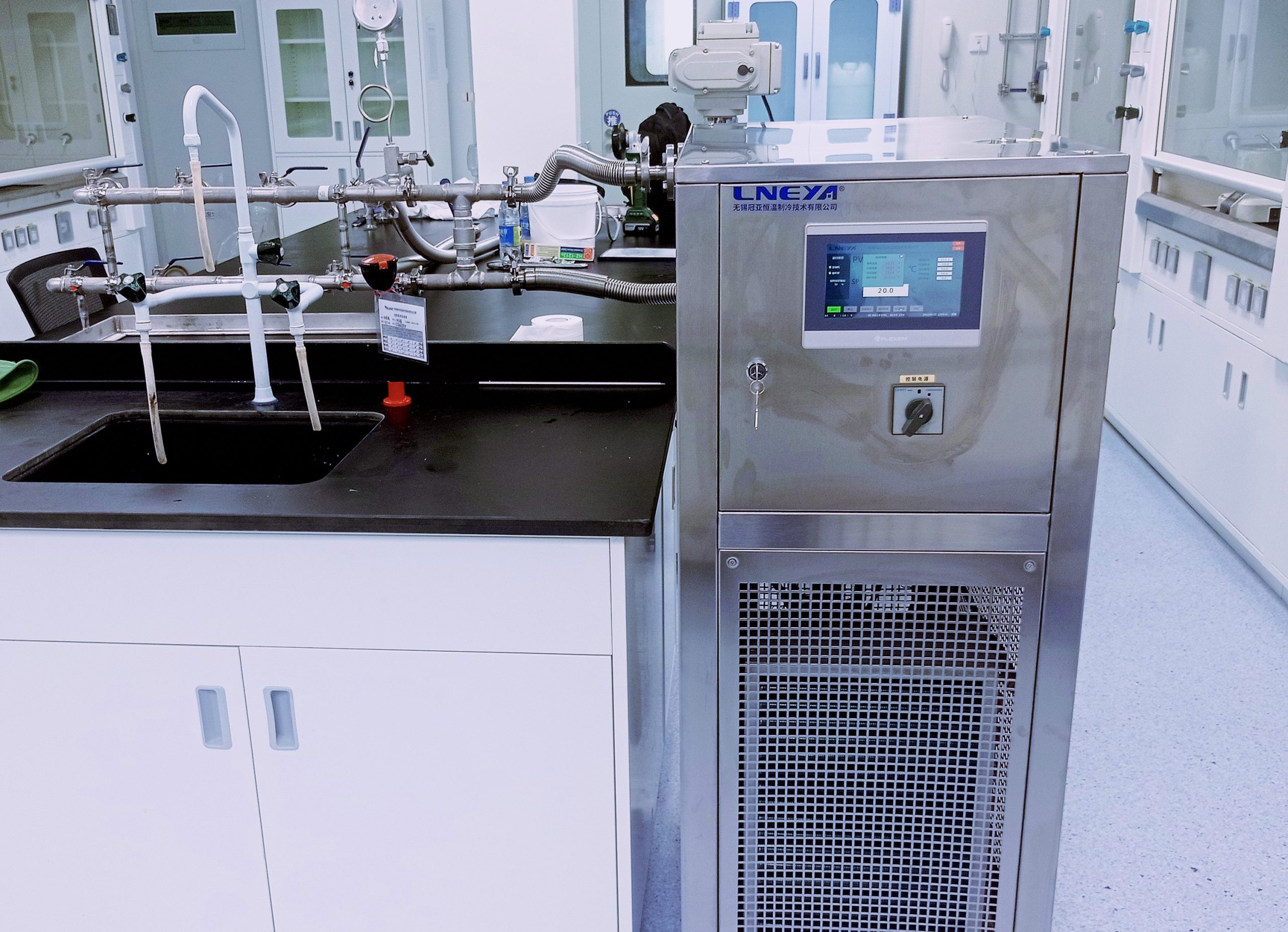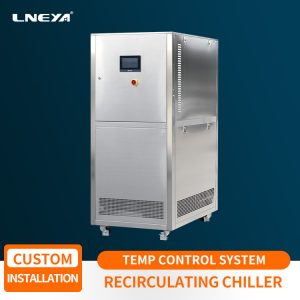There are usually three ways to control the temperature of laboratory reactors

1. Manual control: Manually operate the knob on the front of the reactor controller.
2. Control by PC: The PC and the controller are connected by a network cable, and the operation is carried out on the PC.
3. Controlled by thermostat: Silicone oil is heated through the thermostat, and the thermostat naturally has a temperature control function. Although the thermostat heating limit (usually 250°C) is not as high as that of electric heating (can be as high as 400-500°C), the thermostat rises and falls smoothly, and the low temperature can reach -60/-80°C.
Our LNEYA laboratory reactor temperature control system belongs to the third category. However, the temperature control range is from -120 degrees to 350 degrees. It adopts a fully enclosed pipeline design and a high-efficiency plate heat exchanger, which reduces the demand for heat transfer oil, improves the heat utilization rate of the system, and realizes rapid temperature rise and fall. Continuous temperature control can be achieved in the temperature range of minus 90 degrees to 195 degrees and minus 70 degrees to 220 degrees without pressure.
Jacketed glass reactors are popular in current chemical experiments. The supporting temperature control equipment has also become a matter of widespread concern in the industry. It is known that the cooling and heating temperature in the reaction process has an absolute influence on the reaction process and results. The analysis of the temperature control equipment’s ability to increase and decrease the temperature of the material has become the basic basis for choosing chiller. Then the cooling and heating capacity is not only estimated by imagination and experience, but requires scientific analysis and calculation methods, and needs to calculate the required heating power and cooling power according to the heating rate and cooling rate.
When our technicians communicate with customers, they will first understand the requirements of engineering parameters, such as high and low temperature, how long is the temperature control time, etc., so as to calculate the cooling power and heating power of the chiller required, and determine the available chiller. model, to give customers the most complete temperature control solution. If you also have this need, you can contact us.
Recomendaciones relacionadas
-
Descripción de la importancia del funcionamiento del equipo de ciclo de baja temperatura
1052El uso del equipo de ciclo de baja temperatura es inseparable de su funcionamiento estándar. El equipo de ciclo de baja temperatura de LNEYA se enviará con el manual de instrucciones correspondiente, y los usuarios pueden saberlo de antemano cuando lo utilicen. El equipo de ciclo de baja tempera...
Ver detalles -
Troubleshoot fan failures in the cooling system of the engine powertrain
964The fan is generally installed at the upper end of the cooling system of the engine powertrain, and some customers choose to install it on the side according to regulations. For screw chillers that use fans to dissipate heat, they are called air-c...
Ver detalles -
What are the main points for regular maintenance of the recirculating chiller?
929Recirculating chillers are used frequently in the industry, and the heat generating parts of various devices require recirculating chillers, so operating efficiency is very important. During the running time of the recirculating chiller, it is nec...
Ver detalles -
The Installation Requirement of the Industrial Chiller
978(1) The chiller power supply adopts three-phase four-wire, power supply line (R, S, T) connected with power supply fire line, (N) zero line, (G) ground line.,
Ver detalles
 LNEYA Enfriadoras industriales Fabricante Proveedor
LNEYA Enfriadoras industriales Fabricante Proveedor












